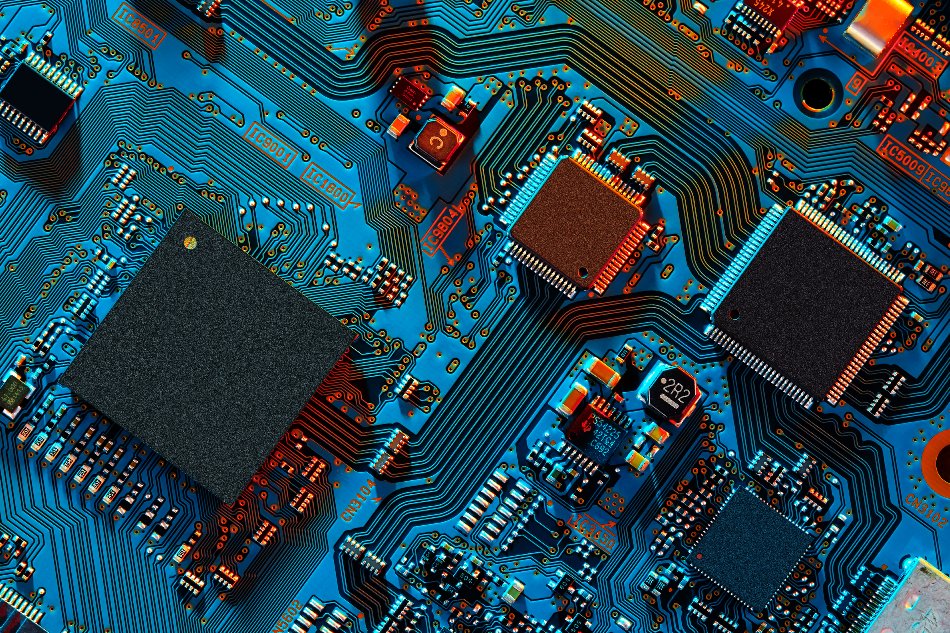Non-destructive testing (NDT) is one of the names given to the wide variety of methods and techniques used for assessing the physical properties of materials, components, and systems without causing them any damage. It is nearly synonymous with non-destructive inspection, non-destructive examination, and non-destructive evaluation.
Image Credit: Raigvi/Shutterstock.com
Non-Destructive Technique
NDT techniques are essential for the development of new branches of nanotechnology research: nanopackaging. Nanopackaging addresses the problem inherent within nanotechnology, that while some components and functional materials can be produced at the nanoscopic scale (between 1 and 100 nanometers, or 1 and 100 billionths of a meter), entire systems require materials and components that are only available in much larger sizes. This therefore creates a limitation on various nanotechnologies’ minimum possible size and efficiency.
This problem was raised in a conference in 2008 by Technische Universität Dresden researchers (Wolter, Opperman and Zema, 2008). The researchers showed how NDT methods and equipment needed to be developed to effectively test transportation phenomena, Kirkendall voids or micro cracks. These are minuscule defects that classic NDT equipment is not able to find, due to the relatively low resolution provided by the microscopes used in classic NDT.
However, despite their tiny size, these defects can have drastic consequences on nanopackaging if not found and removed. This is because of the behavior of these materials after quantization – to work effectively as food or electronics packaging, nanopackaging must be able to reliably perform as expected.
Research
In the paper, researchers presented the new Center for Non-Destructive Nano Evaluation of Electronic Packaging (NANOEVA), which would engage in developing x-ray microscopy, x-ray tomography, ultrasonic microscopy and thermal microscopy equipment that could provide the necessary resolution for NDT in nanopackaging. They focus on possibilities for nano x-ray computerized tomography (CT) scanning and show positive first results for the nanopackaging industry.
Since then, NDT has been developed for nanopackaging at an increased rate. This is due to the ongoing miniaturization of components and entire systems in the electronics industry. X-ray CT scanning is still the preferred method for electronics (Opperman and Zema, 2017). CT produces volume information about the inspection subject, and therefore can be used on nanopackaging to detect defects in shape, size or hidden defects inside the material. However, as Opperman and Zema argued in 2017, the parameters of the scanning device can limit the resolution of images produces, and therefore non-specialized CT scanning equipment is unreliable for NDT in nanopackaging.
To overcome this, researchers reduced the rotation radius of the specimen using a specialized mounting tool, guided by lasers. However, this process takes up to two hours per specimen. Such a turnaround time is impractical for industrial applications, and the paper authors acknowledge this and other difficulties like the requirements for expensive equipment and highly experienced operators.
However, one example of NDT in nanopackaging demonstrated how the direction of travel is positive for the industry. The Dresden researchers performed an experiment on USB memory drives produced in 2008 and 2012, using X-ray CT NDT. They found that while the two drives used mostly the same materials, components and structures, the older version was defective due to microscopic problems in its packaging. These were not visible in the newer version, which still worked.
The future of nanopackaging
The experiment also demonstrated advances in NDT equipment used for electronics, as the researchers claimed it could not have been performed four years beforehand. These developments, and others in other methods of NDT used for nanopackaging such as optical inspection using high-resolution image sensors, thermography, X-ray radiography, and scanning acoustic microscopy, promise a robust array of NDT for nanopackaging in the future.
These developments will be increasingly required for the electronics industry, as demand for microscopic electronics such as wearable personal medical scanners, medical nanobots, drones, and communication technologies increases.
Sources
Oppermann, M. and Zema, T. (2017). High-resolution X-ray CT for advanced electronics packaging. AIP Conference Proceedings 1806, 130005. DOI: 10.1063/1.4974714
Wolter, K.-J., Oppermann, M. and Zema, T. (2008). Nano Packaging - A challenge for Nondestructive Testing. 2008 10th Electronics Packaging Technology Conference. DOI: 10.1109/EPTC.2008.4763540
Disclaimer: The views expressed here are those of the author expressed in their private capacity and do not necessarily represent the views of AZoM.com Limited T/A AZoNetwork the owner and operator of this website. This disclaimer forms part of the Terms and conditions of use of this website.